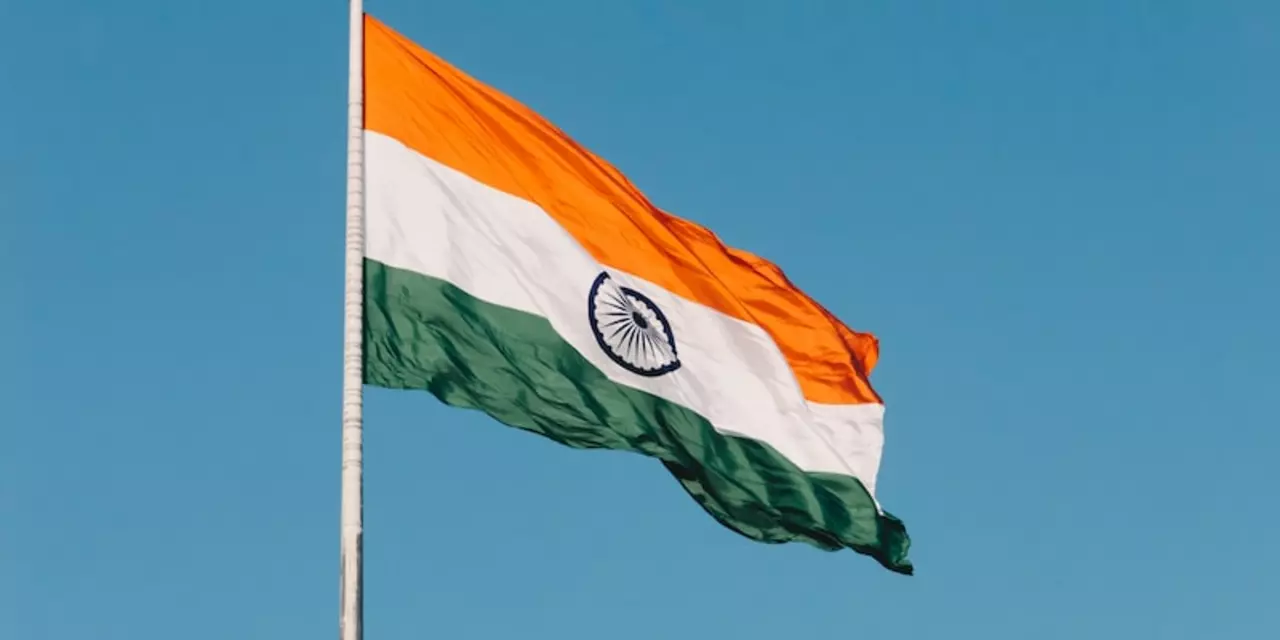Monuments – Your Quick Guide to History’s Best Landmarks
Ever stood in front of a giant stone statue and felt the weight of centuries? That’s the power of a monument. They’re not just tourist snapshots; they’re stories built in brick, marble, and steel. Whether you’re chasing the Taj Mahal’s sunrise or snapping the Eiffel Tower at dusk, knowing a few basics makes every visit richer.
Planning Your Monument Trip
Start by picking one or two must‑see sites instead of cramming a continent. Flagship monuments—like the Great Wall, the Pyramids, or India’s Red Fort—often have peak crowds, so early morning or late afternoon tickets save you time. Check official websites for free‑day slots or discount passes; many places offer lower rates for locals or students.
Next, sort out the logistics. Public transport is usually the cheapest way to reach big landmarks, and it cuts down on parking headaches. If you’re driving, scout nearby parking garages beforehand and note any entry fees. A quick Google Maps check for accessibility can also spare you unexpected stairs.
Don’t forget the weather. Some monuments, like the ancient temples of Angkor, get sweltering in the afternoon, so pack a hat, sunscreen, and a refillable water bottle. In colder climes, layers and a sturdy pair of shoes keep you comfortable while you explore stone carvings that have survived centuries.
Making the Most of Your Visit
When you finally stand before the monument, take a moment to read the on‑site signage or audio guide. Those little details—dates, architects, myths—turn a photo op into a story you can share later. If you’re short on time, download a free app that offers bite‑size facts; it’s a lifesaver for busy travelers.
Photography can be tricky. Some spots ban flash or tripods, so respect the rules. A simple phone camera can capture stunning shots if you play with angles: get low for dramatic foregrounds or climb a nearby hill for a sweeping view. And hey, capture the crowd too—people add life to static stone.
Respect the site’s preservation rules. Stick to marked paths, don’t touch delicate carvings, and dispose of trash properly. Many monuments rely on visitor fees for upkeep, so consider a small donation if you can. Your care helps keep these wonders intact for the next generation.
Finally, soak up the surroundings. Great monuments usually sit in vibrant neighborhoods. Grab a local snack, chat with a vendor, or explore a nearby market. The culture around the landmark often tells a richer story than the stone itself.
In short, hitting a monument is more than checking a box on a travel list. With a bit of planning, respect, and curiosity, you’ll walk away with memories that feel as solid as the structures you admire.

What is your review of Bareilly, Uttar Pradesh, India?
Bareilly, located in the northern Indian state of Uttar Pradesh, is known for its rich culture and diverse range of attractions. It is a charming city with a scenic landscape, vibrant nightlife, and a rich heritage. The city is home to several historical monuments, including the famous Chhota Imambara. There are many places to explore, including the famous Dudhwa National Park, which is home to many species of endangered animals. Additionally, Bareilly is also known for its street food, making it a popular destination for food lovers. Overall, Bareilly is an interesting city to explore and one of the best places for a memorable vacation.
view more